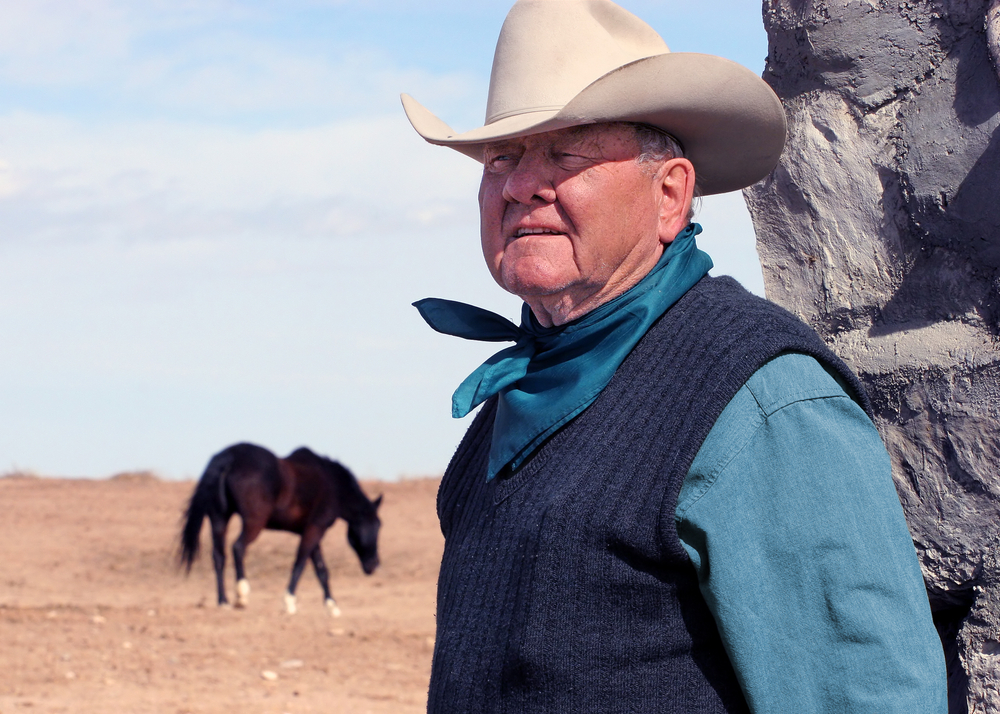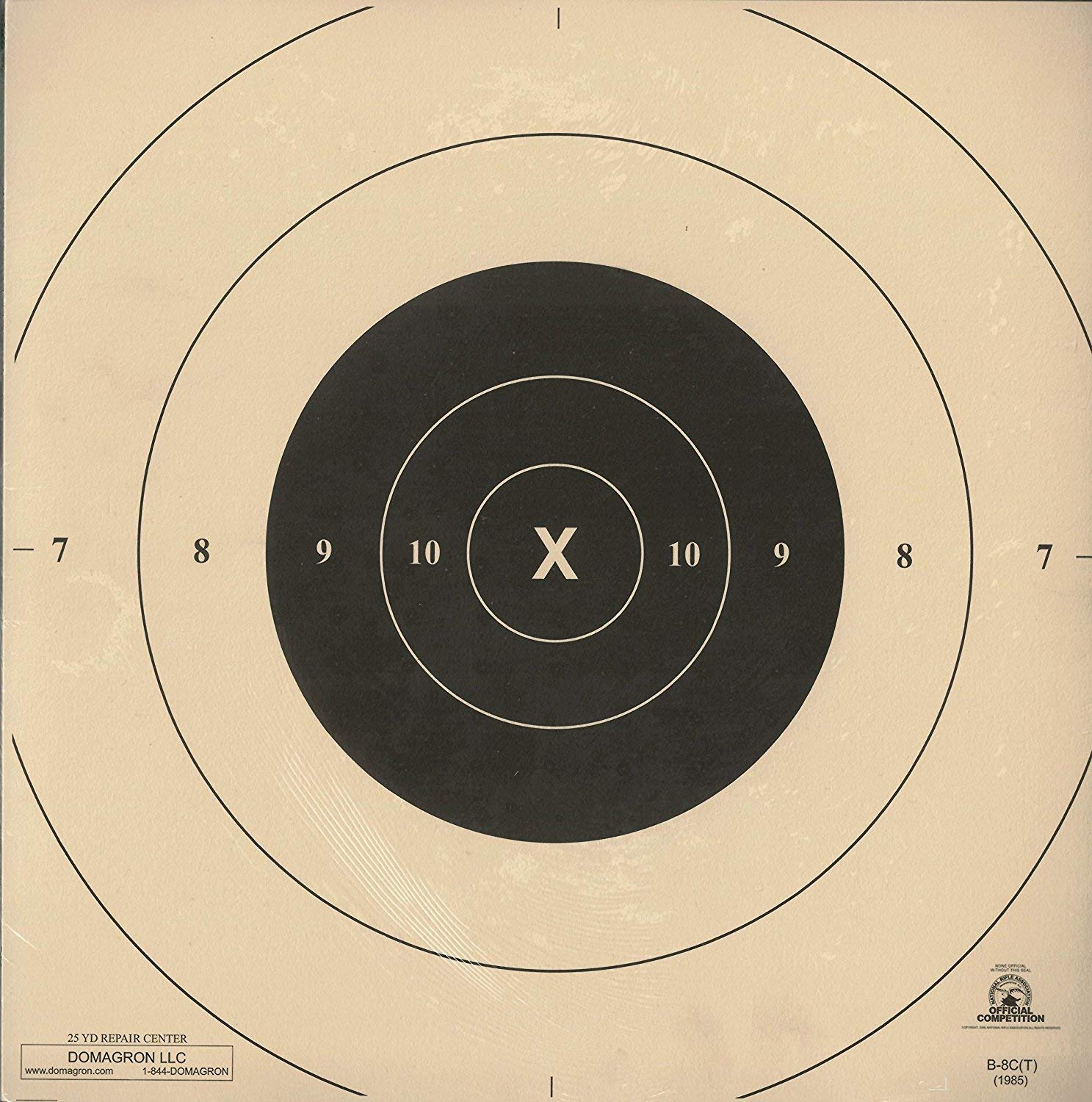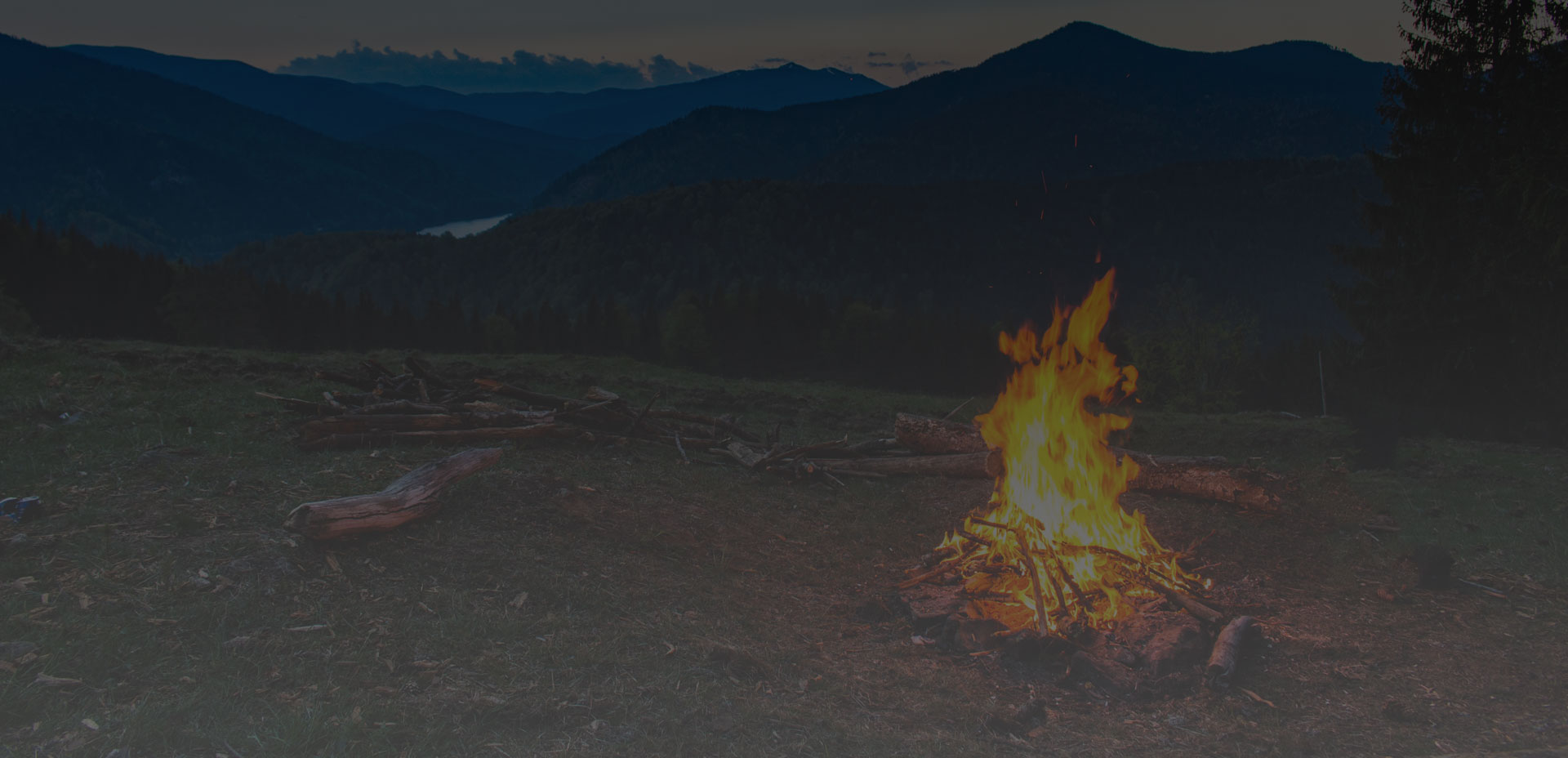A
s I was putting together the story about my sweet 1911, Shimoda, match pistol it became apparent that, in order to thoroughly tell the whole story, I needed to better describe the particular type of competition matches that it was specifically built for.
The competitive matches that I used this highly accurized pistol to compete in were called Three Caliber, or 2700, matches. The 2700 match had a theoretically-possible score of 2700 points. It was an NRA sanctioned, competitive, outdoor, pistol event in which a competitor fired 180 rounds; 90 rounds each of .22, center fire and .45. Either revolvers or auto-loading pistols could be used. The shooter was required to shoot using only a one-hand grip (off-hand), at distances of twenty-five and fifty yards. Ninety rounds were fired in each caliber in rapid, timed and slow fire drills. Each shot had a potential of earning 10 points.
This grandaddy-in-it’s-day of pistol competition was actually born out of the famed National Matches which evolved from a combined effort between the National Rifle Association and the federal government’s Civilian Marksmanship Program to foster marksmanship in both civilian and military personnel. The first National Match pistol event was held in 1904. Three years later the events moved from New Jersey to Camp Perry, Ohio where they’ve been held, annually, ever since. Whether you are a rifle or pistol competitor, going to Camp Perry is the ultimate, the end game. It’s the nerve center for marksmanship-arrival creds.
My affinity for handguns began at 13 years of age when Harry Easton (search for "Ode to Harry Easton" in the Poetry Section for more about this icon of my youth) took me out to the desert in the Coachella Valley and put a .357 Colt, single action army in my hand. Right out of the chute, I was skipping cans off of cholla and all over the sand. It seemed I had a natural ability to shoot accurately. It was a gift.
I was overcome with interest which was suddenly competing with my passion for motorcycles. Since I had always wanted to be a cowboy, and shooting was a big part of the TV Cowboy image I had been fed since early childhood, I guess this fell right into a pre-ordained place. While most of my buddies in high school were starry eyed over sports heroes such as “Crazy Legs” Hirsch or Don Drysdale, my sports heroes were Bill Blankenship and Bill McMillan. These masters, of whom virtually nobody had ever heard, were among the pioneers of modern competitive pistol shooting and became early members of the 2600 club.
The 2600 Club is (per The National Rifle Association) "... open to any individual who fires a score of 2600 or higher over the 2700 pistol, 3-gun aggregate in an NRA Registered or Approved Tournament". The total possible score is, as mentioned previously, 2700 though no one ever has shot that perfect score.
Shooting competitively, to me, is actually mostly about competition against myself and my natural inclinations rather than against any other shooter I might be trying to overcome. It is a mental game. I don’t have to be better than the other shooters on the line, I merely have to best myself in the dance between driving natural inclinations and the purpose-driven desire for perfect accuracy.
It is simply not natural to try being perfectly still, while holding a heavy object out at arm’s length and gently pressing on a trigger knowing that at any moment you will be causing a loud bang and your arm will be violently thrust up and back against your shoulder. So, for each shot, the shooter has a running, silent monologue with himself struggling with keeping sight alignment, trigger control, a good sight picture at the very same moments he is controlling his breathing and wrestling with fatigue in his shoulder and arm which urges him to just jerk the blasted shot off and be done with it! Winning at this mind game requires superior concentration and mental control.
Shooting at paper targets is not a spectator sport. 2700 matches are, by nature, boring to watch. Unless you have a pretty good set of binoculars or a telescope, you can’t really see the results of what any competitor is doing with each shot. The actions of most of the marksmen will look, to the uninitiated, pretty much the same. In fact, shooting in general is not a sport that gathers many fans. How many folks do you know who get excited about marksmanship events at the Olympics? How many even know that, other than the biathlon and, maybe skeet, marksmanship events even exist in the Olympic Games?
I wanted to confirm for this article, some faded, 50 year old facts in my memory files. I was searching on-line when I came across a posting that was a complete surprise and a sudden, amazing bit of joy for me. Very much to my surprise, I found a list of 2600 club members quietly hidden on an NRA, Word .doc. I had no idea that such a listing even existed on-line. I suppose, if you had asked, I would have assumed that there was a list of 2600 club members (somewhere in the dusty NRA archives) who had been admitted but I never expected it could be researched on-line. We all want acknowledgment; to be recognized as being worthy or having value. There, on screen for all the world to see, was my full legal name (Paul R. Goodell) listed as a 2600 club member right along with my shooting heroes, Blankenship, McMillan and Vitarbo.
You might be raising an eyebrow at my getting so excited over this rather small find of an apparently-simple piece of news. Let me explain a few things. I have never been an athlete. I never lettered, never was on any high school team and had never found much recognition or ‘landmark-level’ achievement at anything until I began competitive pistol shooting. Even then, upon winning the Hawaii State Championship in the Expert Class while I was in the USAF, I was awarded about one inch of column space on the back page of the base newspaper.
No one ever shoots 2700; hasn’t happened and I certainly expect it never will.
As in any sport, in order to excel as a pistol marksman, intense, near-daily practice is required. Diet, sleep and physical fitness as well as calm nerves and good vision are important considerations. Maturity and mental discipline are paramount. It’s an expensive sport and for most, unlike skeet or trap shooting, there is no money to be made in it. So unless you are in the military or a member of law enforcement with your employer providing your ammo, travel expenses and time, it would certainly cost a lot more than the average golfer spends on his hobby. A serious competitor could easily burn up $200 a day, today, in his regular practice sessions.
When I was admitted to the 2600 club and formally acknowledged by the National Rifle Association in the summer of 1970, there were only around 700 men in the world who had ever achieved that honor and many of them were gone; dead by then. It was a rather exclusive club for those who cared about pistol shooting and I was one of the youngest, maybe the youngest at the time, to get in. Think about it. The first person to ever shoot a 2600 score, Harry Reeves, did so in 1940. That was before Pearl Harbor was attacked. With only 700 admissions to the club over the ensuing 30 years, there were an average of 23 people a year to achieve membership. Bill McMillan joined in 1952, Blankenship in 1954 and Arnie Vitarbo, who had been my personal mentor, in 1962, 6 years before he was on the USA Olympic team in Mexico City.
I got my letter of congratulations from the NRA a month or so after my big win. They sent me a nice desk pen set with my name on it and the 2600 club medal encased in Lucite. It graces a place of honor on my desk to this day. I was subsequently distinguished as a “Lifetime Master” in Outdoor Pistol. But that was then and the glory was short lived, fading into other pursuits. Besides, as I’ve mentioned, it’s not a spectator sport so there really isn’t much interest in this distinction outside of other shooters.
I stopped shooting 2700 matches not long after I ‘broke’ the 2600 ceiling because the rules had changed. The NRA began allowing optical sights on pistols in this competition which completely changed the game; making it much easier to shoot higher scores. One of the basic, critical fundamentals of rifle or pistol shooting with open sights is ‘sight alignment’. Optic sights eliminate the need to exercise this challenging discipline.
That is why, discovering that somewhere, on some obscure website, way down on a list of now-many men, my name is written for the duration was just a real hoot and, for what is perhaps a silly, indescribably reason, very gratifying. Once upon a time I truly excelled at something and am now permanently acknowledged.
It might look as if I am living up to the adage that old men get much of their fun in reliving past memories but this particular bit of fun for this ‘ol coon comes from a very present experience. To those who might care, I’m recognized.
https://competitions.nra.org/media/7751/2600alpha.pdf






